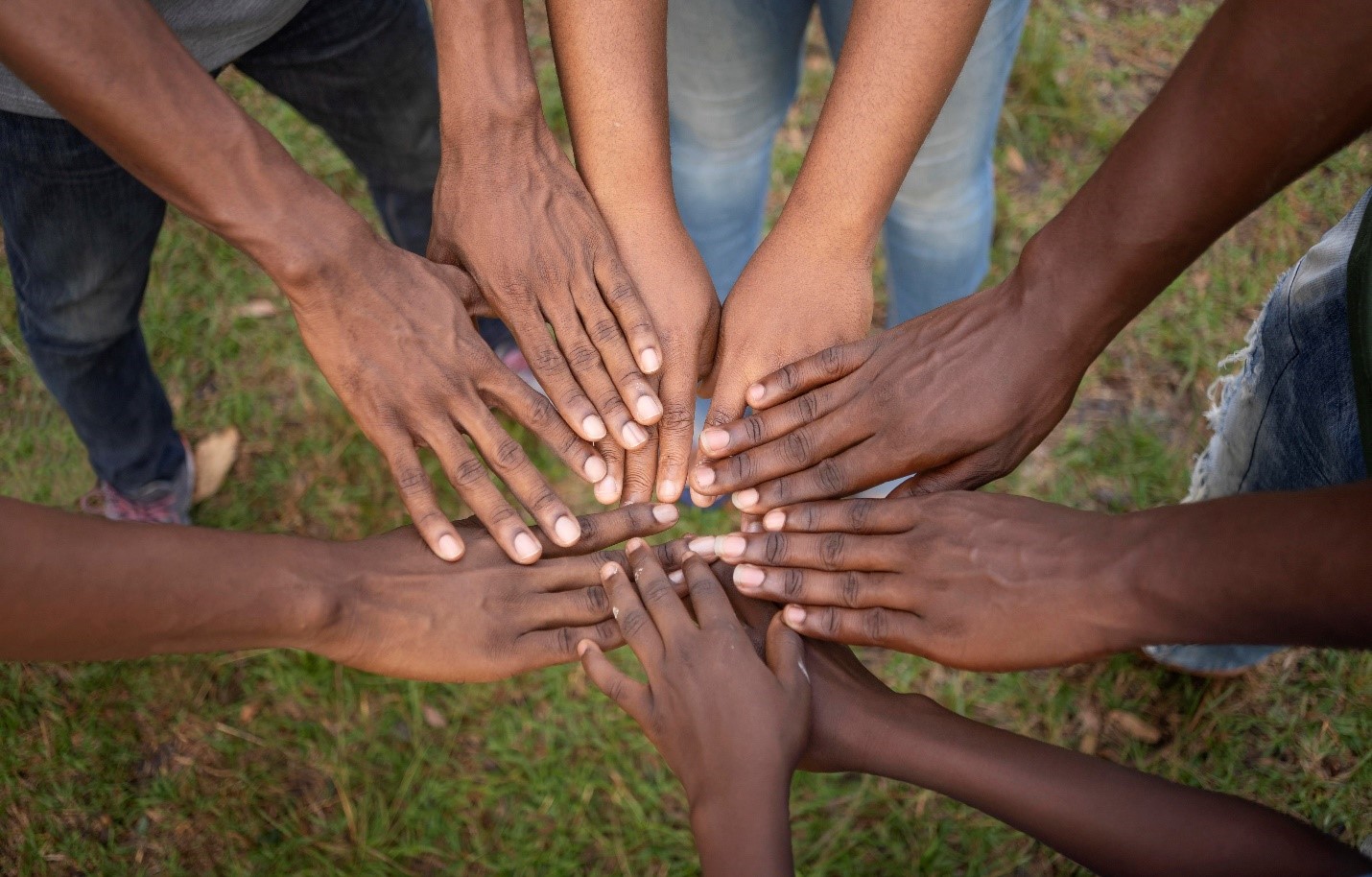Participation of the community in M&E is often regarded as an important component of high-quality programming. The disaster-affected population actively participates in the assessment, design, implementation, monitoring, and evaluation of the assistance program. Greater community participation is linked to increased program relevance, transparency, accountability, sustainability, and effect ownership. For the team to be able to detect and solve problems and difficulties as they develop in ways that are suitable for the community and context, community participation in monitoring is required.
What is community participation in M&E?
Community participation refers to strengthening the community’s voice throughout the M&E cycle of design, collection, analysis, and use of data, albeit it can take many forms. Today, we outline several best practices for community participation in M&E, as well as how they lead to better outcomes and program quality. To promote community involvement in M&E design, project teams encourage communities to identify the changes that will be most important to them as a result of the project, as well as those changes they want and can monitor themselves. These modifications then serve as indicators, allowing the team to assess project success from the perspective of the community.
It’s often remarkable how closely the community-selected adjustments match current project KPIs. The more effective the needs assessment was at identifying community goals and understanding the community’s perspective on current difficulties, the more closely the community-selected improvements and pre-existing project indicators will resemble each other.
Tips for community indicator selection:
- Use a strong facilitator who has had thorough training in the process.
Ensure that the people leading these discussions are well-versed in the M&E process and understand the importance of community participation, as well as having excellent facilitation abilities.
- When speaking with the community, use language and concepts that are known to you.
Instead of using the term “indicators,” talk about “changes that will demonstrate project success.” People in many locations prefer to think in terms of numbers or change directions rather than percentages. Facilitate the discussion by using the phrases and concepts chosen by the community.
- Concentrate on larger-scale changes.
To measure project effectiveness and identify and fix problems during the project’s life cycle, focus on behavior change and impact at the household, community, or individual level. Community monitoring should not be used to count the number of outputs produced in a community; instead, it should be used to learn about the community’s perceptions of what has changed as a result of the project, for whom, and why.
- Through a series of focus group discussions, assist the community in identifying the improvements that are most essential to them (FGDs).
The project team can simply ask different groups in the community what kinds of changes they hope to see as a result of the project and which changes are most crucial to track in order to learn about project success.
- Hold separate focus groups to reflect the community’s diversity.
Hold separate FGDs with men and women at the very least, concentrating on the community’s most vulnerable households. Refer to the project needs assessment findings to determine which distinct viewpoints and experiences will be most important. Separate focus groups with parents, instructors, and students, as well as parents who send all of their children to school, may be necessary for an education project. FGDs could be organized by main livelihood activity or by families or persons that share certain critical vulnerability criteria in a food security project. These numerous focus groups may recommend different indicators to include in your M&E system. It is more important to reflect multiple points of view in the M&E system than to seek a group consensus.
- Confirm recommended indicators with the rest of the community.
Explain the aim of community monitoring to a larger audience during a community meeting or similar event after these focus groups; provide the indicators that the focus groups identified for validation, and outline procedures (who and how) for tracking progress against these indicators. This will ensure that members of the community are informed of the monitoring procedure and how they may help.
Once the participatory project is up and running, staff should conduct these focus groups so that communities are familiar enough with the project to discuss the changes that may occur. If at all possible, these discussions should take place before the project’s M&E system is finalized (i.e., within the first quarter of the project), so that community monitoring can be incorporated into the wider M&E system. Include hypothetical questions in the focus groups, such as,
Imagine the project is completed:
- How will it benefit people?
- How will it affect your life?
- What do you expect to happen?
It’s also a good idea to question FGD participants whether they think the project will benefit certain members of the community more than others, and if so, who, how, and why?
It’s critical that the project team sees community-selected indicators as a significant aspect of the project’s monitoring and evaluation system. Include the indicators, as well as community-proposed data collecting, analysis, and use methods, in the M&E plan template. Indicate when community-identified indicators differ from existing project indicators.
Many project teams feel trapped between donor-driven M&E systems and community-based M&E systems. This is a misunderstanding. Many donors now require the use of certain specified indicators, but they don’t mind if teams integrate other project-specific indicators to collect all necessary data. To put it another way, M&E systems can include both donor-required data and indicators chosen by community members and other local stakeholders. Though community-selected indicators cannot normally be provided at the proposal submission stage, they can be added to the M&E plan during the first quarter of the project when it is finalized. The majority of donors will embrace these enhancements and will be pleased to learn from the indicators chosen by the community. Include these findings in your reports, as well as the community-based M&E design process. For more in-depth knowledge, our Monitoring, Evaluation, Accountability & Learning (MEAL) course is just what you need. Enroll today to enjoy a 10& discount!







